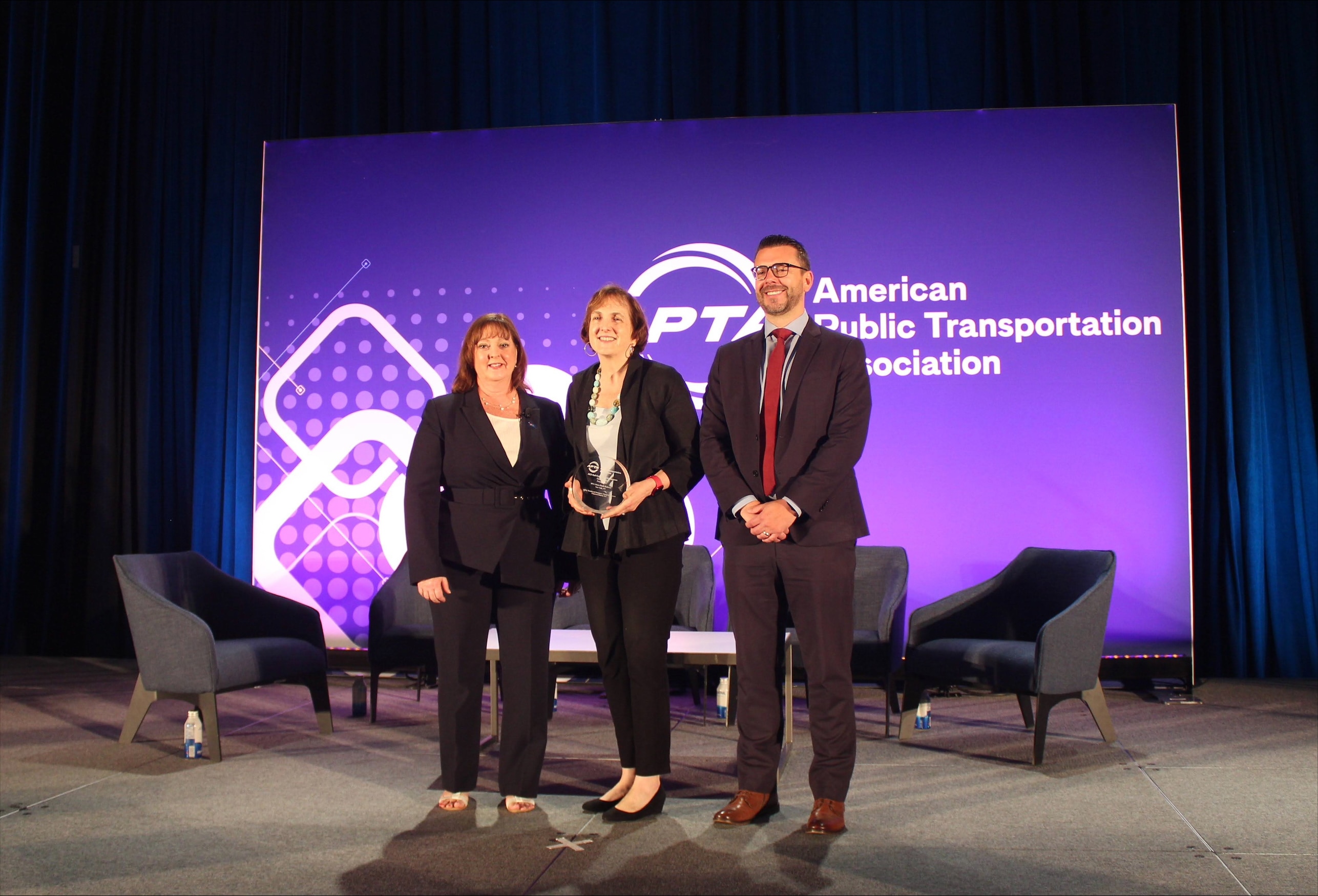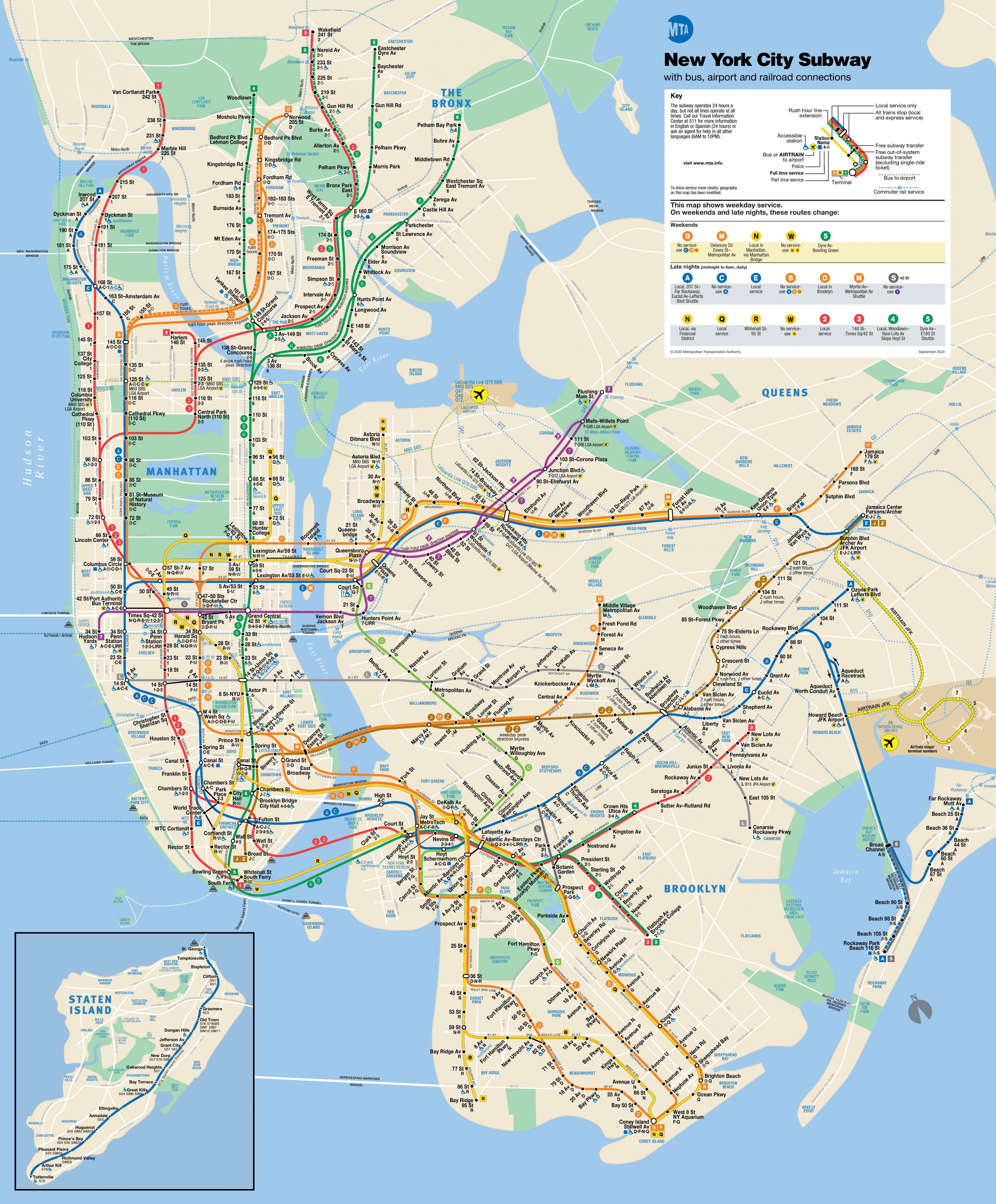MTA, or the Metropolitan Transportation Authority, is more than just a transit system; it's the lifeline of New York City. Whether you're a daily commuter, a tourist, or someone exploring the city, MTA plays a crucial role in getting you where you need to go. It's not just trains and buses—it's an experience, a culture, and sometimes, a story of its own. So, buckle up as we dive into the world of MTA and uncover what makes it such a vital part of NYC life.
Think about the rush hour chaos, the late-night subway rides, or even the random encounters with street performers. These are all part of the MTA experience. For millions of people, MTA isn't just transportation—it's a daily adventure. Whether you're heading to work, school, or just exploring the Big Apple, MTA has been there, done that, and continues to evolve.
But what exactly is MTA? Why is it so important? And how does it impact the lives of New Yorkers and visitors alike? Let's break it down step by step, because understanding MTA is like understanding the city itself—it's complex, vibrant, and full of surprises.
Read also:Survivor 50 Voting Your Ultimate Guide To The Most Thrilling Showdown
What Exactly is MTA?
MTA stands for Metropolitan Transportation Authority, and it operates one of the largest public transportation systems in the world. Established in 1965, MTA oversees subways, buses, commuter rails, and even bridges and tunnels. It's not just a transit authority; it's a network that connects people, places, and communities across New York City and beyond.
For context, MTA serves over 15 million people in a 5,000-square-mile area. It operates 24 hours a day, seven days a week, making it one of the few non-stop transit systems globally. From the iconic subway trains to the bustling bus routes, MTA is the backbone of urban mobility in the region.
Why is MTA So Important?
MTA's importance cannot be overstated. It's not just about getting from point A to point B; it's about enabling economic growth, fostering social connections, and ensuring accessibility for all. Here are some key reasons why MTA matters:
- Economic Impact: MTA supports over 800,000 jobs and contributes billions to the local economy.
- Environmental Benefits: By reducing the number of cars on the road, MTA helps lower carbon emissions and promotes sustainability.
- Social Equity: MTA provides affordable transportation options, making it easier for people from all walks of life to access opportunities.
Without MTA, New York City would grind to a halt. It's the invisible force that keeps the city moving, and its significance extends far beyond the confines of the subway system.
MTA's Operations: A Closer Look
Subway System
The MTA subway system is one of the most extensive in the world, with 472 stations and 26 lines. It covers all five boroughs of NYC and operates around the clock. Whether you're hopping on the iconic 4/5/6 trains or the express E/M lines, the subway is the fastest way to navigate the city.
Fun fact: The NYC subway system carries over 5 million passengers daily, making it the busiest in the United States. And while delays and overcrowding are common complaints, there's no denying the convenience and efficiency it offers.
Read also:Cruz Azul Vs Leon Amistoso The Ultimate Showdown Of Mexican Soccer Titans
Bus Services
Beyond the subway, MTA operates an extensive bus network with over 5,700 buses serving more than 2 million passengers daily. These buses connect neighborhoods that might not have direct subway access, ensuring that no one is left behind.
MTA buses are also equipped with modern features like GPS tracking and real-time arrival information, making the commute more predictable and less stressful.
Commuter Rails
For those traveling beyond the city limits, MTA's commuter rail services, including Metro-North and Long Island Rail Road (LIRR), are indispensable. These trains connect suburban areas to NYC, providing a vital link for commuters and travelers alike.
Commuter rails are especially popular during peak hours, with trains running frequently to accommodate the high demand. They're also a great option for weekend getaways or day trips to nearby destinations.
Challenges Faced by MTA
While MTA is a marvel of modern transportation, it's not without its challenges. From aging infrastructure to budget constraints, the authority faces numerous obstacles in maintaining and improving its services. Here are some of the biggest challenges:
- Aging Infrastructure: Many of MTA's subway lines and stations are over a century old, requiring constant maintenance and upgrades.
- Financial Constraints: Funding for MTA often comes from a mix of sources, including fares, tolls, and government subsidies. However, budget shortfalls can hinder necessary improvements.
- Public Perception: Despite its importance, MTA sometimes gets a bad rap for delays, overcrowding, and occasional service disruptions. Addressing these issues is crucial for maintaining public trust.
Despite these challenges, MTA continues to push forward with ambitious plans for modernization and expansion. The future looks promising, but only time will tell if these plans come to fruition.
MTA's Role in Shaping the Future of Transportation
Modernization Efforts
MTA is investing heavily in modernizing its systems to meet the demands of the 21st century. This includes upgrading signaling systems, introducing new train cars, and enhancing station facilities. For example, the rollout of the Communications-Based Train Control (CBTC) system aims to improve train capacity and reduce delays.
Additionally, MTA is embracing technology to enhance the customer experience. Features like contactless payment options, real-time service alerts, and mobile apps are making commuting easier and more convenient.
Sustainability Initiatives
As the world focuses on sustainability, MTA is taking steps to reduce its carbon footprint. This includes transitioning to electric buses, optimizing energy usage in subway stations, and exploring renewable energy sources.
MTA's commitment to sustainability aligns with global efforts to combat climate change. By prioritizing green initiatives, MTA is setting an example for other transit authorities around the world.
Data and Statistics: The Numbers Behind MTA
Here are some eye-opening statistics about MTA:
- MTA serves over 15 million people across a 5,000-square-mile area.
- The subway system carries more than 5 million passengers daily.
- MTA operates over 6,400 subway cars and 5,700 buses.
- Commuter rail services, including Metro-North and LIRR, serve over 800,000 daily riders.
These numbers highlight the scale and complexity of MTA's operations, underscoring its importance in the daily lives of millions of people.
MTA in Popular Culture
MTA has made its way into pop culture, featuring in movies, TV shows, and music. From the iconic "Take the A Train" by Duke Ellington to scenes in popular films like "The Wolf of Wall Street," MTA is often depicted as a symbol of New York City's energy and diversity.
Street performers, graffiti art, and random acts of kindness are all part of the MTA experience. It's not just transportation; it's a canvas for creativity and expression.
How MTA Impacts Daily Life
For Commuters
For daily commuters, MTA is a lifeline. It enables them to get to work, school, and other essential destinations. While delays and overcrowding can be frustrating, the convenience and affordability of MTA services make it a preferred choice for many.
For Tourists
Tourists visiting NYC rely heavily on MTA to explore the city. The subway system provides easy access to iconic landmarks like Times Square, Central Park, and the Statue of Liberty. With a MetroCard in hand, visitors can navigate the city with ease.
Conclusion: The Heartbeat of New York City
In conclusion, MTA is much more than just a transit system. It's the heartbeat of New York City, connecting people, places, and communities. Despite its challenges, MTA continues to evolve and improve, ensuring that it remains a vital part of the city's infrastructure.
So, the next time you step onto an MTA train or bus, take a moment to appreciate the complexity and scale of the system. And if you have any thoughts or experiences to share, drop a comment below. Let's keep the conversation going and celebrate the role MTA plays in our lives!
Table of Contents


